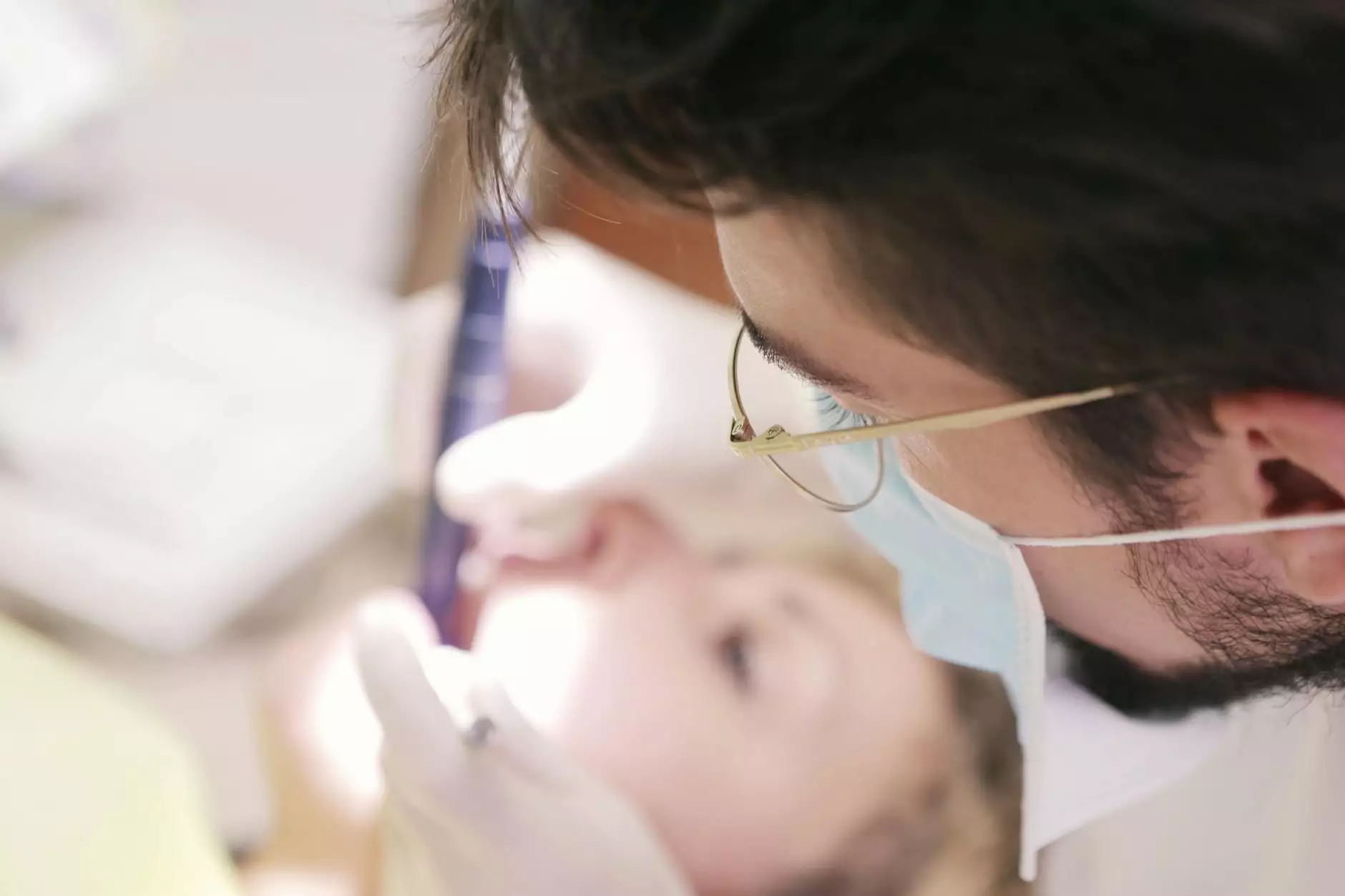Ultrasound Screening for Abdominal Aortic Aneurysm: A Vital Tool in Vascular Medicine

Vascular health is a critical component of overall well-being, yet it often remains underappreciated until symptoms manifest or a critical event occurs. Among the various vascular conditions, abdominal aortic aneurysm (AAA) poses a significant health risk, especially for aging populations and individuals with specific risk factors. The advent of ultrasound screening for abdominal aortic aneurysm has revolutionized early detection, enabling timely intervention and saving countless lives.
Understanding Abdominal Aortic Aneurysm and Its Risks
What Is an Abdominal Aortic Aneurysm?
An abdominal aortic aneurysm is a localized dilation of the abdominal aorta, the largest artery in the abdomen that supplies blood to the lower body. When the arterial wall weakens and expands, it forms an aneurysm, which can grow silently over time. If left untreated, AAA may rupture, leading to life-threatening bleeding and high mortality rates.
Risk Factors for Developing AAA
- Age: Predominantly affects individuals over 65 years old
- Gender: More common in men than women
- Family history of aneurysms
- Smoking: Major modifiable risk factor
- High blood pressure: Hypertension weakens arterial walls
- Coronary artery disease and other cardiovascular conditions
- High cholesterol levels
The Critical Role of Ultrasound Screening for Abdominal Aortic Aneurysm
Why Is Ultrasound the Gold Standard?
Ultrasound imaging has become the preferred method for screening abdominal aortic aneurysm due to its non-invasive nature, high accuracy, cost-effectiveness, and safety profile. Unlike CT scans or MRI, ultrasound does not involve ionizing radiation, making it suitable for repeated screening protocols.
How Does an Ultrasound Screening for Abdominal Aortic Aneurysm Work?
The procedure involves a trained sonographer applying a handheld device called a transducer to the abdomen. The transducer emits sound waves that bounce off blood vessel walls, creating real-time images of the aorta. The technician measures the diameter of the aorta to determine if an aneurysm is present. An abdominal aortic diameter of 3 centimeters or more is classified as an aneurysm, with increasing risk as the diameter enlarges.
Who Should Undergo Ultrasound Screening?
- Males over age 65, especially those with a history of smoking
- Individuals with a family history of AAA
- Men or women with atherosclerosis or cardiovascular disease
- Patients with high blood pressure or high cholesterol
- People who have previously experienced vascular issues
Importance of Early Detection and Screening
Benefits of Routine Ultrasound Screening for Abdominal Aortic Aneurysm
- Early diagnosis: Detects aneurysms before symptoms occur
- Risk stratification: Helps determine which aneurysms require surgical or medical management
- Prevention of rupture: Allows for close monitoring and elective surgery when necessary
- Cost-effective intervention: Reduces health care costs by preventing emergency rupture events
- Peace of mind: Provides reassurance for at-risk populations
Screening Guidelines and Recommendations
Leading health organizations, including the U.S. Preventive Services Task Force (USPSTF), recommend a one-time ultrasound screening for abdominal aortic aneurysm for men aged 65-75 who have ever smoked. For other groups, personalized screening plans should be discussed with a vascular specialist.
Management of Abdominal Aortic Aneurysm Detected via Ultrasound
Monitoring Small to Medium Aneurysms
If the aneurysm is less than 5.5 cm in diameter, regular ultrasound surveillance is essential to monitor its growth. Lifestyle modifications, such as smoking cessation, blood pressure control, and cholesterol management, are integral to slowing aneurysm progression.
Surgical and Endovascular Interventions
- Open surgical repair: Involves replacing the weakened section with a synthetic graft
- Endovascular aneurysm repair (EVAR): Minimally invasive procedure inserting a stent-graft through the femoral artery
Deciding on intervention depends on aneurysm size, growth rate, patient comorbidities, and overall health. Early detection via ultrasound significantly improves surgical outcomes and survival rates.
Advancing Vascular Medicine at Truffle Vein Specialists
Our Commitment to Your Vascular Health
At trufflesveinspecialists.com, our team of expert vascular doctors specializes in comprehensive vascular health services, including cutting-edge ultrasound screening for abdominal aortic aneurysm. We understand the importance of timely diagnosis and personalized management plans to protect your health and prevent life-threatening complications.
Why Choose Us?
- Experienced vascular specialists with extensive training in vascular diagnostics
- State-of-the-art ultrasound technology for precise imaging
- Patient-centered approach focused on education, preventive care, and minimally invasive treatments
- Convenient location and compassionate care ensuring a comfortable experience
Conclusion: Prioritize Your Vascular Health Today
Understanding the significance of ultrasound screening for abdominal aortic aneurysm is vital in preventing catastrophic health events. If you belong to a high-risk group or are due for screening, consulting with professionals at Truffle Vein Specialists can help you take proactive steps toward maintaining robust vascular health.
Early detection, comprehensive management, and ongoing monitoring are your best defenses against AAAs. Remember, your vascular health is an integral part of your overall wellness, and preventive care can truly be life-saving.
Contact Us for Expert Vascular Screening and Care
Schedule a consultation with our dedicated vascular specialists today and take the first step toward safeguarding your health. Our clinic offers personalized care plans tailored to your individual needs, utilizing the latest in ultrasound technology and medical expertise.
Truffle Vein Specialists: Your trusted partner in vascular health and preventive care.









